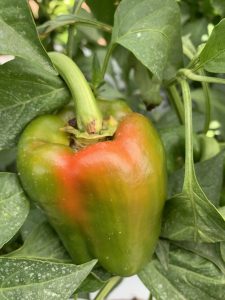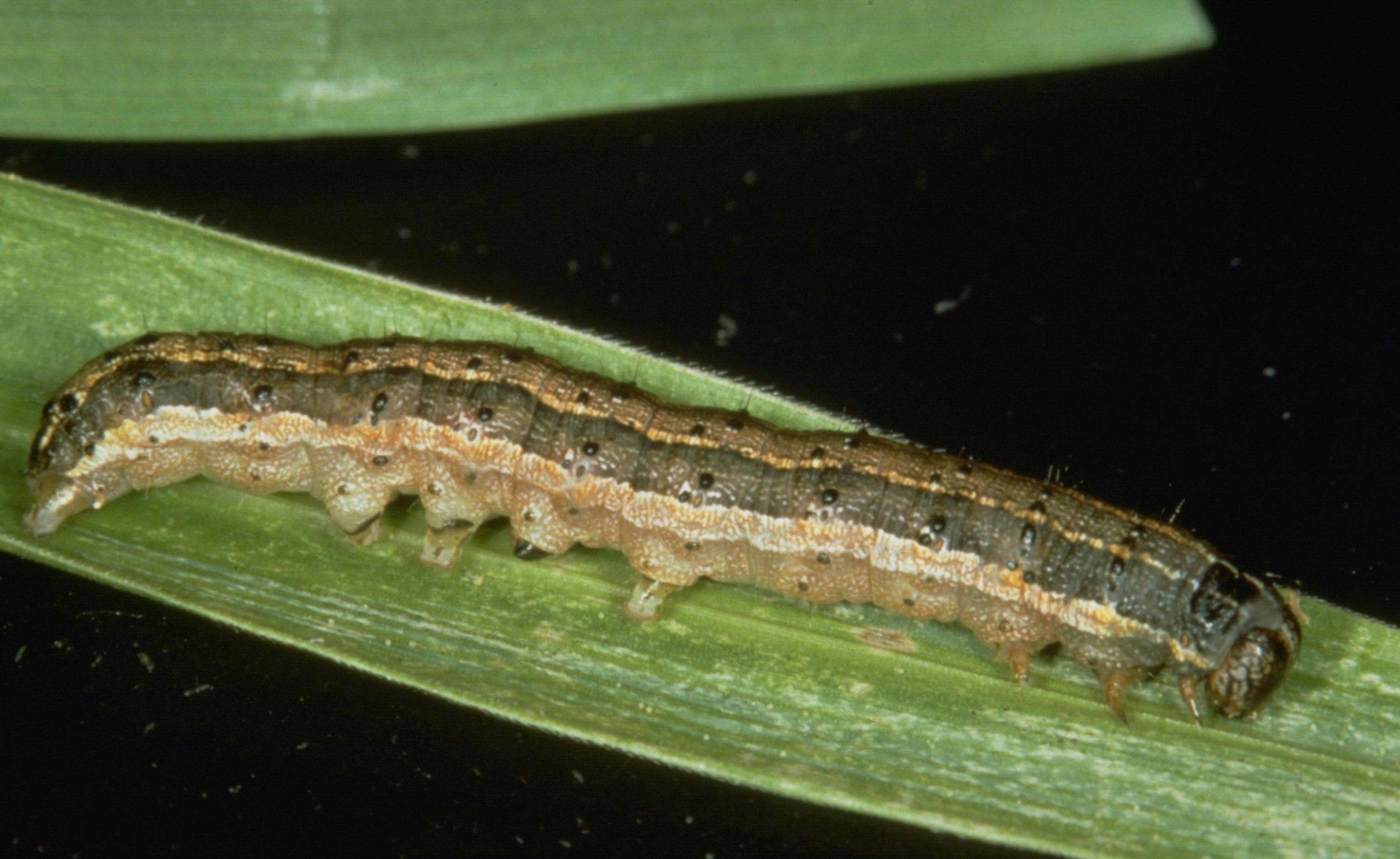North Queensland update: Fall armyworm and leafminers under the microscope
The vegetable season is peaking in north Queensland, and all eyes are on new ways to manage fall armyworm (FAW) and thrips as well as new incursions of serpentine and American serpentine leaf miners. This column features a wrap-up of workshops focusing on these pests, while Dr Siva Subramaniam and Dr Cherie Gambley discuss FAW and tospoviruses affecting cucurbits and capsicums.
Pest and disease workshops
Around 70 growers, agronomists and industry personnel attended two workshops in-person and online to discuss a range of pest and diseases that threaten the vegetable and melon industry. The workshops were held in Ayr and Gumlu on 20 and 21 July, with support from AUSVEG and the Department of Agriculture and Fisheries (DAF).
Topics that were discussed included: New chemical developments in pest control; Fall armyworm; Food safety and traceability in vegetables and melons; Viruses in melons and cucurbits; Thrips and tospoviruses in capsicum; General biosecurity obligation and hitchhiker pests; Varroa and bee diseases; and serpentine and vegetable leafminers.
Regional update: Fall armyworm
Fall armyworm has spread rapidly across Australia since its initial detection in the Torres Strait in January 2020. In 2020, sweet corn was severely affected with 30-90 per cent of crops lost in the Bowen and

Burdekin region. The sweet corn industry has implemented a range of management strategies including pheromone trapping; comprehensive crop monitoring; early control actions; better spray applications; Integrated Pest Management; and new insecticides, combined with attractants, to lure and kill female moths.
In 2021, the extensive capsicum industry at Gumlu has seen a 30 per cent increase in FAW infestation compared to 2020. In capsicums, young larvae enter the fruit near the stalk and continue to feed inside the fruit. Fully grown larvae either pupate inside the fruit or come out through an exit hole. The infested fruit often appears to have little to no external damage while it yellows and softens as the fruit starts to rot internally.
Key findings from the FAW project funded by the Department of Agriculture and Fisheries, Queensland (DAF, QLD) and Hort Innovation include:
- FAW moths are active throughout the production season and numbers peak in September and October in the Bowen and Burdekin region.
- Intensive crop monitoring from seed emergence/seedling stage and early management during early vegetative stage is essential.
- Lure and kill strategies to target female moths are effective with IPM strategies that support beneficial predator and parasitoid populations.
- Biological control with Nucleopolyhedrosis virus (NPV) products should be used early at the first and second instar stages (One to seven days after emergence).

Premature colouring on capsicum fruit affected by fall armyworm internal feeding. Images courtesy of Dr Siva Subramaniam (2021). - Insecticides belong to the Carbamate (1A) and Phyrethoid (3A) chemical groups are less effective on FAW compared to other lepidopteran pests.
- At least 6 endemic species of predators and parasitoids that attack FAW stages were identified, including Cotesia and shield and assassin bugs.
Identifying potential parasitoids of the fall armyworm, Spodoptera frugiperda, and the risk to Australian horticulture (MT19015) is a multi-industry strategic levy investment under the Hort Innovation Melon, Nursery, Sweetpotato, Turf and Vegatable Funds.
Thrips movement triggers
Area wide management of vegetable diseases: viruses and bacteria (VG16086) – led by DAF, QLD Principal Plant Pathologist Cherie Gambley – has confirmed the presence of tomato spotted wilt virus (TSWV) and capsicum chlorosis virus (CaCV), impacting capsicum crops in the Bowen and Gumlu regions.
Virus incidence was higher in capsicum crops planted in autumn compared to winter plantings (Dry Season), indicating that weed species were significant hosts of both western flower thrips (Frankliniella occidentalis) and tomato thrips (F. schultzei). From 2018 to 2020, higher numbers of thrips were found in flowers of bullhead, Indian mallow and butterfly pea; however, at this stage it is unclear if these weeds also host TSWV and CaCV.
Over the next six months, the project is developing a management strategy and outbreak forecast. These will be based on the vector and virus data, weed species and weather conditions collected during the project.
Find out more: For more information about the DAF, QLD projects, please contact Dr Siva Subramaniam at siva.subramaniam@daf.qld.gov.au or Dr Cherie Gambley at cherie.gambley@daf.qld.gov.au.
For information about VegNET – North Queensland activities, please contact Sarah Limpus on 07 4797 9725 or email idm@bowengumlugrowers.com.au.
VegNET – North Queensland is a strategic levy investment under the Hort Innovation Vegetable Fund.
This project has been funded by Hort Innovation using the vegetable research and development levy and contributions from the Australian Government.
Project Number: VG19008
Cover image: A larva of the fall armyworm (Spodoptera frugiperda). Image courtesy of Frank Peairs, Colorado State University, Bugwood.org.

